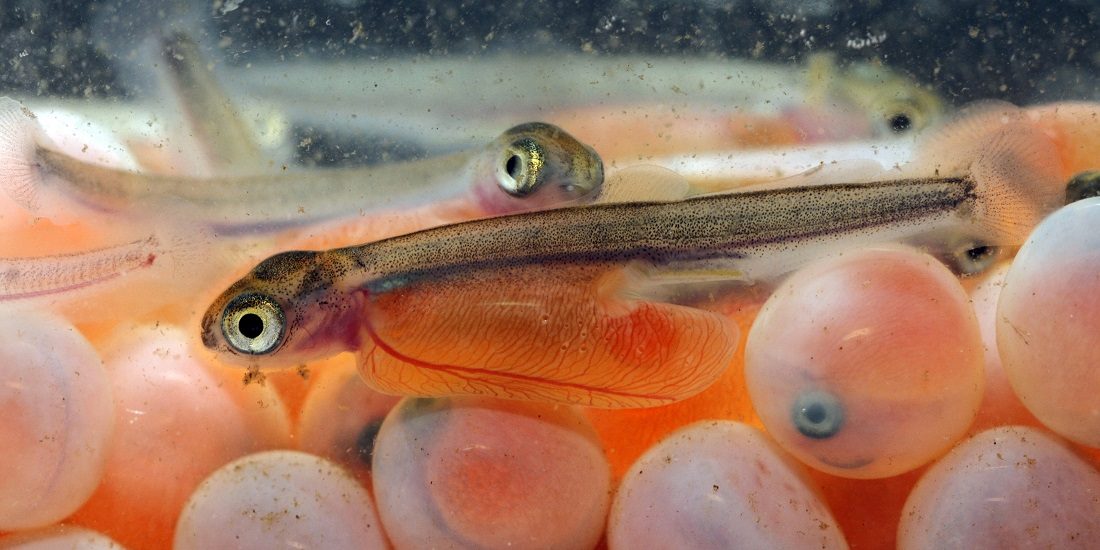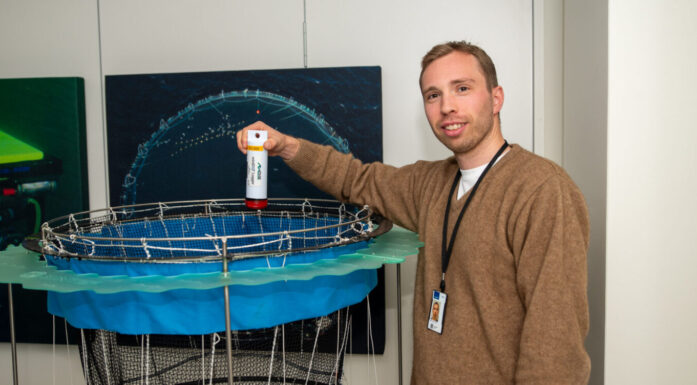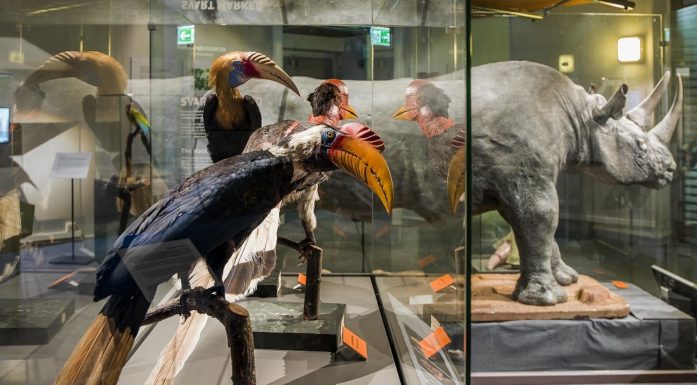Raising better salmon
The aquaculture industry typically selects salmon with the right genes for breeding to provide the freshest and biggest fish. A new method has the potential to produce better results.
Ever-growing population numbers will require ever-greater food resources. Aquaculture will play a major role in feeding billions more people, and selecting the best fish to breed is an important aspect of this development.
Researchers have discovered a new approach that can help identify those fish. That finding involves selecting fish based on both the genes of the fish itself and the symbiotic microbes they harbour.
“We’re proposing a new approach to how we breed farmed fish,” says Professor Thomas P. Gilbert from the Department of Natural History in the NTNU University Museum.
An international research collaboration is creating better opportunities for the aquaculture industry to identify the best specimens for breeding. Gilbert and Associate Professor Michael D. Martin are research representatives from NTNU in this partnership.
Article continues below photo.
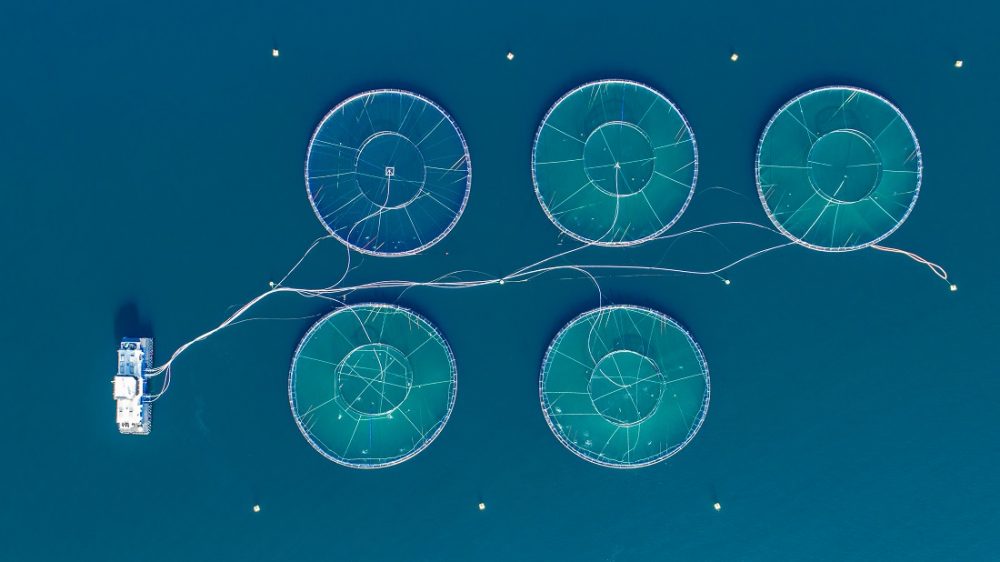
Aquaculture will probably play a big part in feeding new population billions, and selecting the best fish for breeding is an important aspect of this development Photo: Shutterstock, NTB
Currently studied separately
Both the salmon’s own genes and the genes of the microorganisms it harbours play a role in how the fish eventually develops.
The traditional way to select farmed fish is by looking directly at the fish’s genes and its external characteristics, or by looking directly at the intestinal bacteria.
This is done to gauge how well and how large a fish will likely grow, but also to determine if it is resistant to various diseases and disorders.
“This approach has been somewhat successful, but it’s often been less effective than hoped,” said Gilbert.
“Instead we need to look at the genes of the fish in tandem with its microbes to end up with the best possible farmed fish,” according to the authors of a recent article published in the journal Trends in Biotechnology.
- You might also like: A “health centre” for juvenile salmon
Must be looked at together
All the genes of a host organism and its microbes are called a hologenome. According to the hologenome theory, the host and its symbiotic microbes have so many biological connections that they cannot be studied separately.
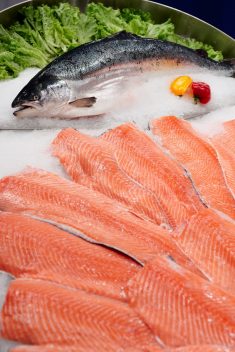
The aquaculture industry may be onto better ways to identify the best specimens. Photo: Shutterstock, NTB
“We believe that a hologenomic approach to aquaculture has the potential to improve growth, health and sustainability in the production of salmon and other species,” said Gilbert.
For example, different strains of Atlantic salmon are genetically different. Scientists now know that the microbes in these strains are also different from each other. Some microbes thrive in certain salmon stocks, but not in others. You cannot look at the species independently of each other.
- You might also like: Better fish welfare means better quality
Meat eaters become herbivores
Specific examples of biological relationships between an organism and its microbial communities include the ability to increase the growth of certain bacteria that can help initially carnivorous salmon to digest food based on plant material.
Natural intestinal bacteria are important for the immune system. Stimulating the activity of certain bacterial species can give antibiotic properties that prevent the growth of pathogenic microorganisms.
All of these findings can of course also make salmon farming more profitable. The Norwegian Seafood Research Fund (FHF) collaborates with the Institute of Marine Research, the University of Copenhagen, Novozymes and Lerøy Seafood.
Reference: Applied Hologenomics: Feasibility and Potential in Aquaculture. Trends in Biotechnology March 2018. Morten T.Limborg, Antton Alberdi, Miyako Kodama, Michael Roggenbuck, Karsten Kristiansen, M. Thomas P. Gilbert.
